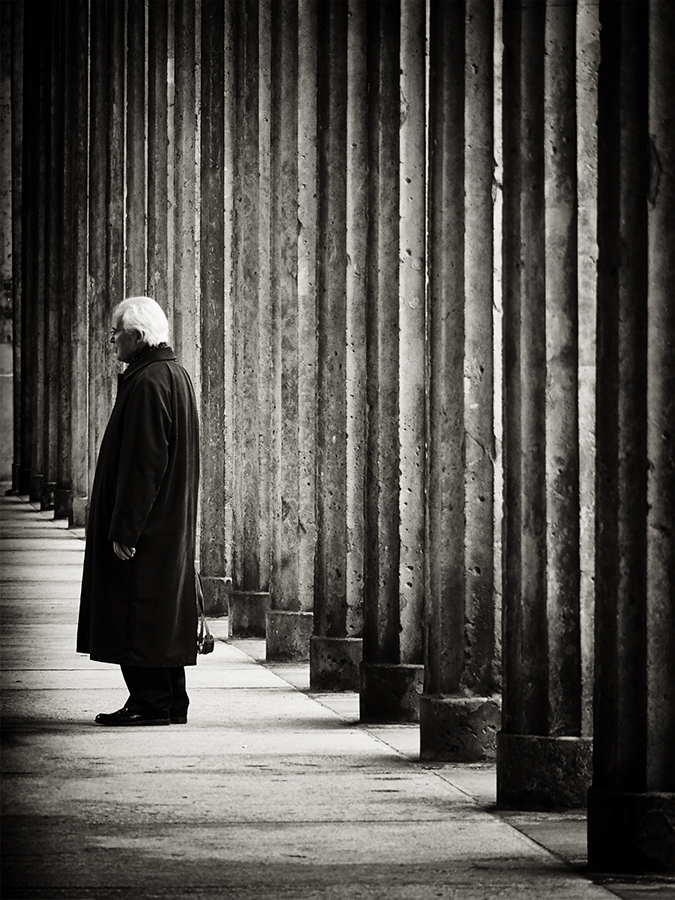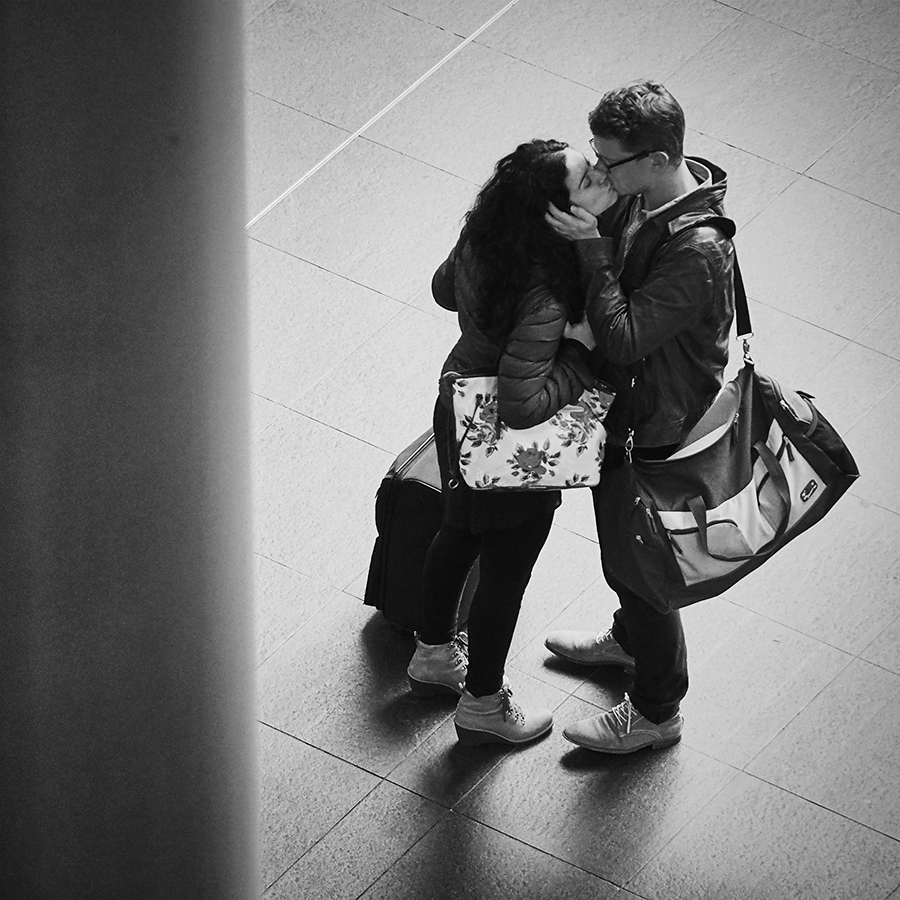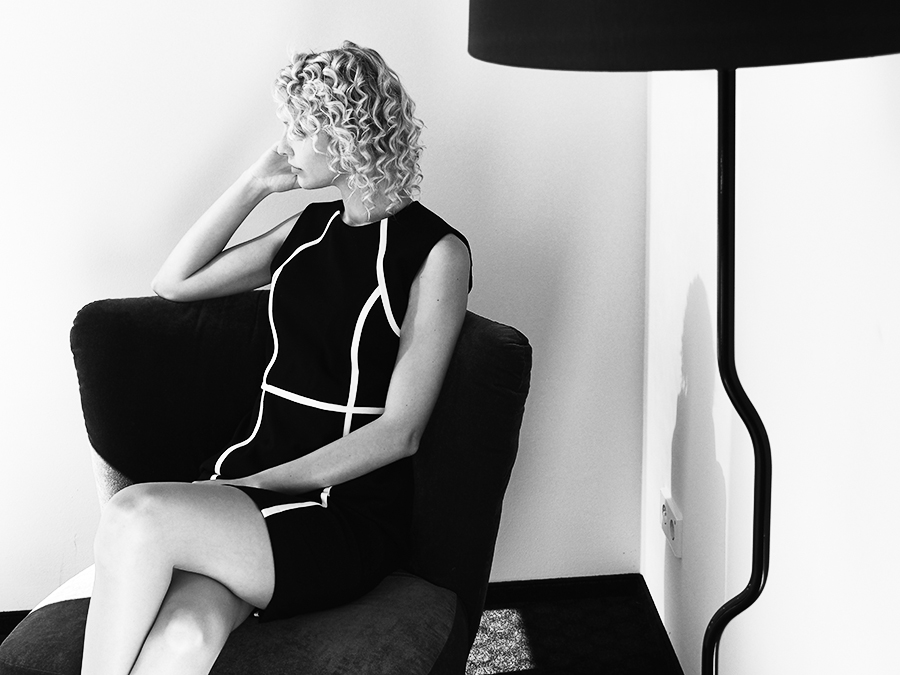If You Always Do .............
 My wife has a poster in her office that has nothing to do with photography but I refer to it a lot. It says, 'if you always do what you've always done then you'll always get what you've always got'. I pass this on as advice to participants on my workshops to encourage them to use the workshop as an opportunity to try something different, to work out of their comfort zone and experiment. And I tell them to expect failure - not all of our experiments wiil work and it would be unrealistic to think otherwise. But failure is a necessary part of the creative process - it's the grit that produces the pearl in the oyster; as long as we are prepared to learn from our mistakes. I truly believe that our failures are our best teachers - they show where there's scope for development, learning and growth.
My wife has a poster in her office that has nothing to do with photography but I refer to it a lot. It says, 'if you always do what you've always done then you'll always get what you've always got'. I pass this on as advice to participants on my workshops to encourage them to use the workshop as an opportunity to try something different, to work out of their comfort zone and experiment. And I tell them to expect failure - not all of our experiments wiil work and it would be unrealistic to think otherwise. But failure is a necessary part of the creative process - it's the grit that produces the pearl in the oyster; as long as we are prepared to learn from our mistakes. I truly believe that our failures are our best teachers - they show where there's scope for development, learning and growth.
Working out of our comfort zone, doing things differently can also help when we are in the creative doldrums - those fallow periods when we are struggling to make images that we value. It's frustrating when we lose our creative mojo and at the low points it's easy to convince ourselves that we'll never regain that artistic spark. I've learnt over the years that this is a natural stage that most creative people go through (e.g. 'writers block') and I've developed a variety of techniques to help me work through the process. For example, working in colour (when I normally photograph black & white images), using different equipment to my norm, limiting my choice of equipment (e.g. going out with just one camera and one lens) or photographing subjects that are not my first choice.
 The images in this blog post were all taken on a recent workshop I ran in Berlin with friend and fellow photographer Neil Buchan Grant (http://buchangrant.format.com/). Neil primarily photographs people and I often profess that 'if it breathes then I don't photograph it' so it's interesting when we work together. I find it refreshing to watch Neil work as he goes up to strangers in the street and asks to take their photo or see him interacting with a professional model. They are not things that I do but I always learn from watching - about me, about photography and sometimes more generally about life. Most importantly there's usually some learning that I can apply to my more mainstream photography.
The images in this blog post were all taken on a recent workshop I ran in Berlin with friend and fellow photographer Neil Buchan Grant (http://buchangrant.format.com/). Neil primarily photographs people and I often profess that 'if it breathes then I don't photograph it' so it's interesting when we work together. I find it refreshing to watch Neil work as he goes up to strangers in the street and asks to take their photo or see him interacting with a professional model. They are not things that I do but I always learn from watching - about me, about photography and sometimes more generally about life. Most importantly there's usually some learning that I can apply to my more mainstream photography.
The photographs of the man standing between the columns and the couple kissing farewell at Hauptbahnhof train station are typical of my people photographs. Both taken from a distance away, shot with a long lens (in this case the fantastic Olympus 14-150mm lens) and with the subjects being totally unaware of the presence of me or my camera. Yes it could be said that this is 'safe' people photography but it reflects my interests in capturing a spontaneous moment. I'm more interested in capturing gestures, relationships and juxtapositions than posed, formal portraits. So it's not really true that I don't photograph people - I just do it in a way that represents my preferences and style.
This thought was reinforced when we were shooting a professional model as part of our workshop. It was a set up shoot with the model, her make up & dress and the location all carefully chosen. Not my normal way of working at all and not something I would choose to photograph. I can appreciate this style of image (Neil's work is stunning) but it's not a genre of photography that would usually attract me and my camera.
 However as the model relaxed for a few seconds she gazed out of the window and in that split second I noticed the relationship between the shape of the lamp stand on the right and the lines on her dress. I fired the shutter and got this image. To my surprise I really liked it and at first I wasn't sure why. On analysis I realised that it wasn't really a photograph of the model - it was a study in line & shape, light & dark; the very things that I like to photograph in the landscape.
However as the model relaxed for a few seconds she gazed out of the window and in that split second I noticed the relationship between the shape of the lamp stand on the right and the lines on her dress. I fired the shutter and got this image. To my surprise I really liked it and at first I wasn't sure why. On analysis I realised that it wasn't really a photograph of the model - it was a study in line & shape, light & dark; the very things that I like to photograph in the landscape.
But it was great fun to photograph a different subject and work in a way that pushed me out of my normal style of operating. It was refreshing, enjoyable and stimulating. Most significantly it's re-energised my motivation to go out and take photographs.
Reflecting on this I was reminded of the quote from American author, Ellen Glasgow, "the only difference between a rut and a grave are the dimensions".

